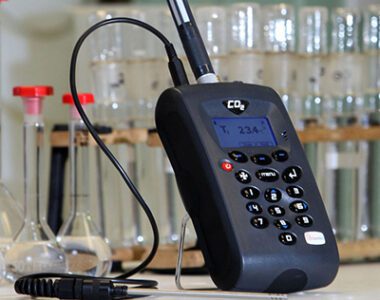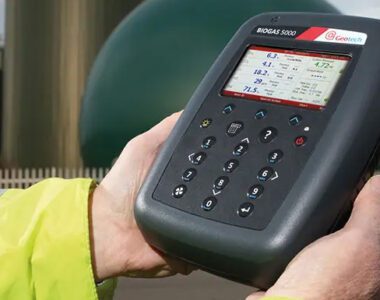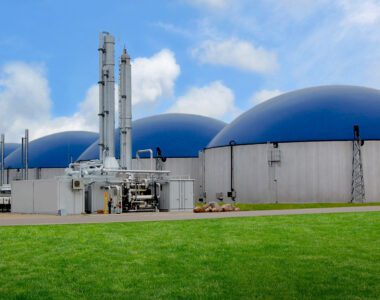
Water sampling is a necessary procedure to control the quality of drinking and technological water, check the chemical composition, solids and organic elements and biological hazards. There are several ways to take samples of the water from the well or tank. The easiest ones and in the same time effective and handy are the pumps and bailers. The choice of the instrument depends on the tasks and certain conditions of the researched water reservoir.
Low-Flow Sampling Pumps
Gathering samples with the help of pumps is widely used in industrial and domestic fields, and the newest and most effective technology nowadays is a low-flow sampling. This way is less harmful for the well and involves very few amounts of water from the waterbody and does not make foul water or ruin the walls of the well.
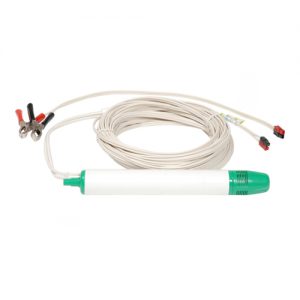 The main advantages of this method are:
The main advantages of this method are:
- takes less water from the borehole than comes in from the soil;
- possibility to investigate the water quality on every level of the tank or well, without mixing water from bottom to surface;
- low energy consumption;
- long hours or unmanned operation.
The best instruments for it are the 12V sampling pumps that are represented on the market in the wide range of brands and models.
Choose the congruent instrument according to the depth of your well and the diameter of the working aperture. There are pumps that can be submerged to the depth down to 67 meters and the thinnest models can fit the well holes less than 2 inches. All modifications are protected from contaminants, turbidity, solvents and can work for hundreds of hours providing the continuous monitoring of water quality.
Groundwater Sampling Bailers
Point source screening of the well, groundwater, tank, or natural water body helps to conduct the detailed research of all levels of the reservoir at a certain period of time, profile the parameters of inflowing water and detect changes in water composition. As well as low-stress pumping, this method also gives the inappreciable interfusion between different levels, which allows conducting the water monitoring without purging the well and disposal of big volumes of liquid.
Disposable bailers and reusable bailers are constructed as a one-piece unit, the factory packing is hermetic to provide sterile conditions of the instrument. It is necessary to guarantee the high accuracy of monitoring results. Such design and packaging help to avoid leakage and outer contaminant ingress.
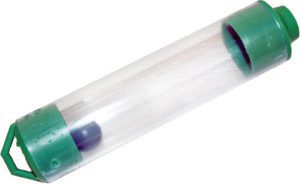 Manufacturers offer bailers made of different materials:
Manufacturers offer bailers made of different materials:
- polyvinylchloride;
- polypropylene;
- polyethylene;
- polytetrafluoroethylene;
- fluorinated ethylene propylene;
- and stainless steel.
All materials are safe and have certified to use in any field.
The distinctive virtue of sampling bailers is their simple construction — the hollow tube with the handle on the top with the cord to take it out of the well when the container is full. The bailer sinks in the water. The liquid gets in from the bottom of the tube by the action of hydrostatic pressure. To avoid reverse leakage, there is a valve in the inlet, usually a ball, that closes the hole when the bailer goes out of the water but opens when the pressure pushes the water inside.
The simplicity of the design makes maintenance and operation as easy as a finger snap. Reliably connect the disposal bailer with the cord to your hand, deep the tube into the well until it reaches and sinks in the water, wait when it is full, and retrieve the sample.
 English
English
 German
German
 French
French
 Spanish
Spanish

